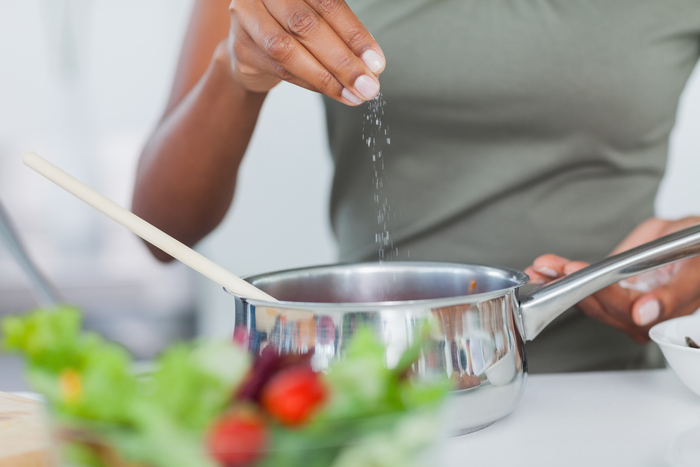Italians have reduced the average consumption of salt by about 12% in 10 years, but consumption still remains well above the recommended one.
However, it is still too low and the potassium intake is further lower.
This is what emerges from the monitoring of the adult Italian population, promoted by the Ministry of Health and conducted by the Istituto Superiore di Sanità (Iss), in collaboration with the University of Naples Federico II, the results of which have been published in the journal Nutrition, Metabolism and Cardiovascular Diseases.
Decreasing salt intake reduces blood pressure and the risk of associated cardiovascular disease.
The study, conducted as part of the Cuore Project, compared urinary sodium excretion data in a sample of 2,000 men and women, residing in 10 regions in the periods 2008-2012 and 2018-2019.
"We were able to observe - explains Chiara Donfrancesco, ISS researcher, responsible for the survey - that the average daily intake of salt in the population was 10.8 g in men and 8.3 g in women in 2008-2012 and respectively of 9.5 g and 7.2 g in 2018-2019, with a significant reduction of about 12% in 10 years ".
However, the reduction corresponds to only about one third of the 30% target set by the World Health Organization (WHO) and to be achieved by 2025.
During the investigations, urinary potassium levels were also assessed, as an indicator of the consumption of fruit, vegetables and legumes, and whose correct intake is associated with a lower risk of cardiovascular disease, kidney stones and osteoporosis.
The results showed that we are far from at least 3,510 mg recommended by the WHO: in 2008-2012, the average daily intake was 3,147 mg in men and 2,784 mg in women and in 2018-2019 it was 3,043 mg and 2,561 mg respectively.
"It is desirable that there be further monitoring - declares Daniela Galeone, contact person of the National Prevention Plan - and that initiatives to raise awareness of producers and the population continue".
(HANDLE).

